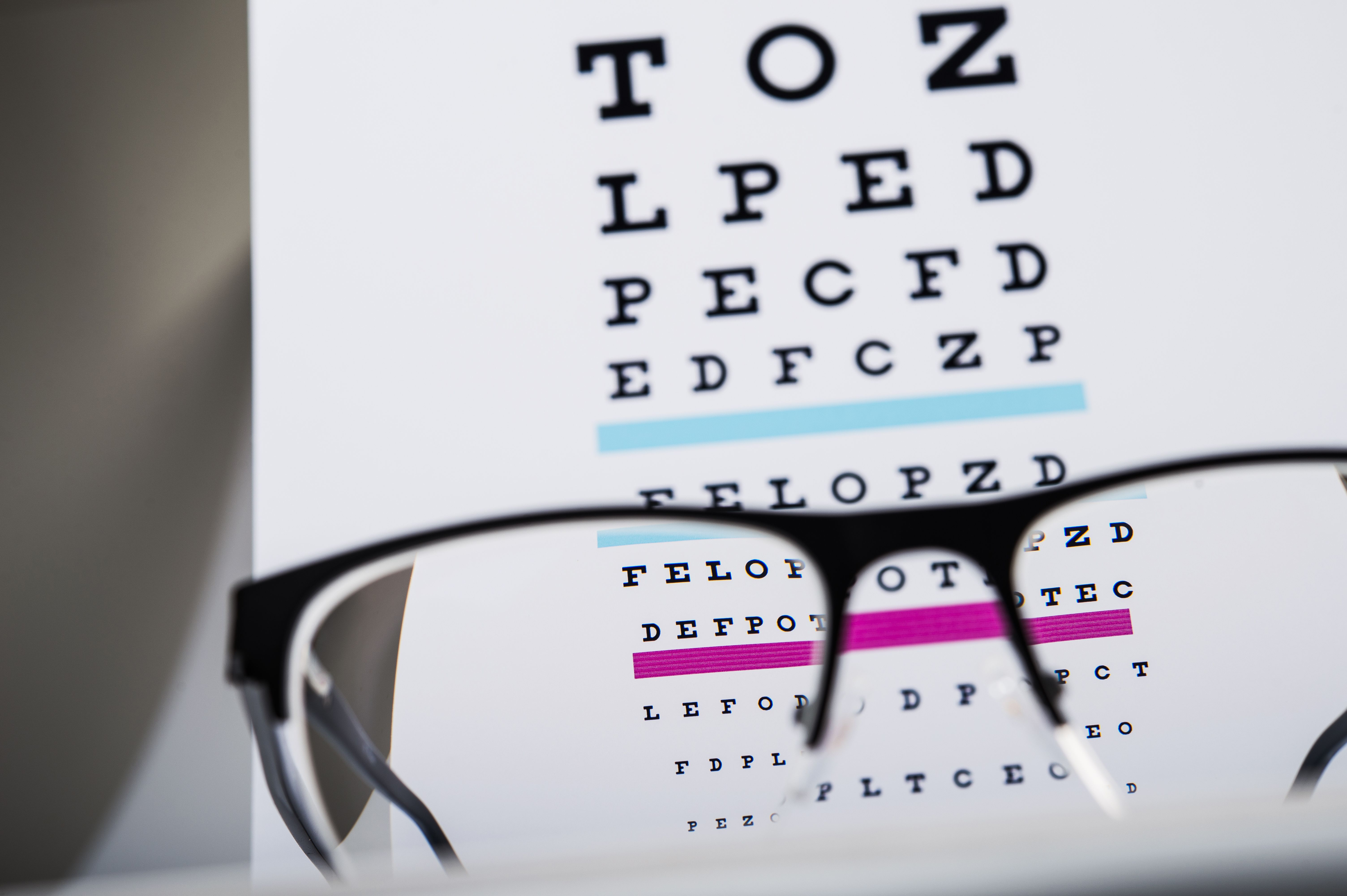
(Vienna, 10 February 2020) As part of a long-term study, a team led by medical statistician and epidemiologist Thomas Waldhör from the Division of Epidemiology at MedUni Vienna's Center for Public Health has found an increase in the number of cases of myopia (short-sightedness) amongst Austrian Army recruits. The data from around 1.5 million young male conscripts were analysed for the study, which has now been published in the British Journal of Ophthalmology.
Whereas 13.8% of Austrian Army recruits were found to be short-sighted in 1983, this figure had already risen to 24.4% by 2017. For the purposes of this long-term observational study, Thomas Waldhör's team analysed the data from a total of around 1.5 million young men born between 1965 and 1999. These are so-called "real-world data", which are used to supplement controlled clinical studies to give a better picture of the actual situation, since the participants are not usually preselected and so provide a more accurate representation of the real world.
The data analysis also showed that prevalence had also increased significantly among young men of a lower educational standard. Whereas only 11.4% of them were short-sighted in 1983, this figure had already risen to 21.7% by 2017. Among recruits with a higher educational standard, 24.5% were short-sighted in 1983 and 29.6% in 2017. Thus, the difference between the two groups had narrowed. Finally, the results also showed that myopia was more prevalent in underweight men with a higher resting heart rate than in men of normal weight. "This result could indicate a correlation between physical fitness and myopia in young men," says Waldhör.
It is presumed that the general increase in myopia is primarily due to near-field activities, that is to say using the eyes at close range, such as reading or frequently looking at small screen displays. The narrowing of the difference between the educational groups is probably due to the increased use of screen-based activities in all educational groups. In contrast, young people who spend a lot of time outdoors and play sports are less likely to exhibit myopia than those who rarely do any outdoor activities. The causal relationship is not yet medically explained but there are indications suggesting that the brightness and nature of the light and its intensity affect the eye.
The outcome of the study is also relevant in terms of public health, because of the secondary eye diseases that can occur in older age. High myopia is a risk factor for age-related macular degeneration (AMD) and cataracts, amongst other things. Says Waldhör: "Playing outside and outdoor leisure activities promote the development of healthy vision in children and adolescents."
Service: British Journal of Ophthalmology
“Thirty-Five Years Trend in the Prevalence of Refractive Error in Austrian Conscripts based on 1.5 million participants.” Lin Yang, Clemens Vass, Lee Smith, Alfred Juan, Thomas Waldhoer. http://bjo.bmj.com/cgi/content/full/bjophthalmol-2019-315024